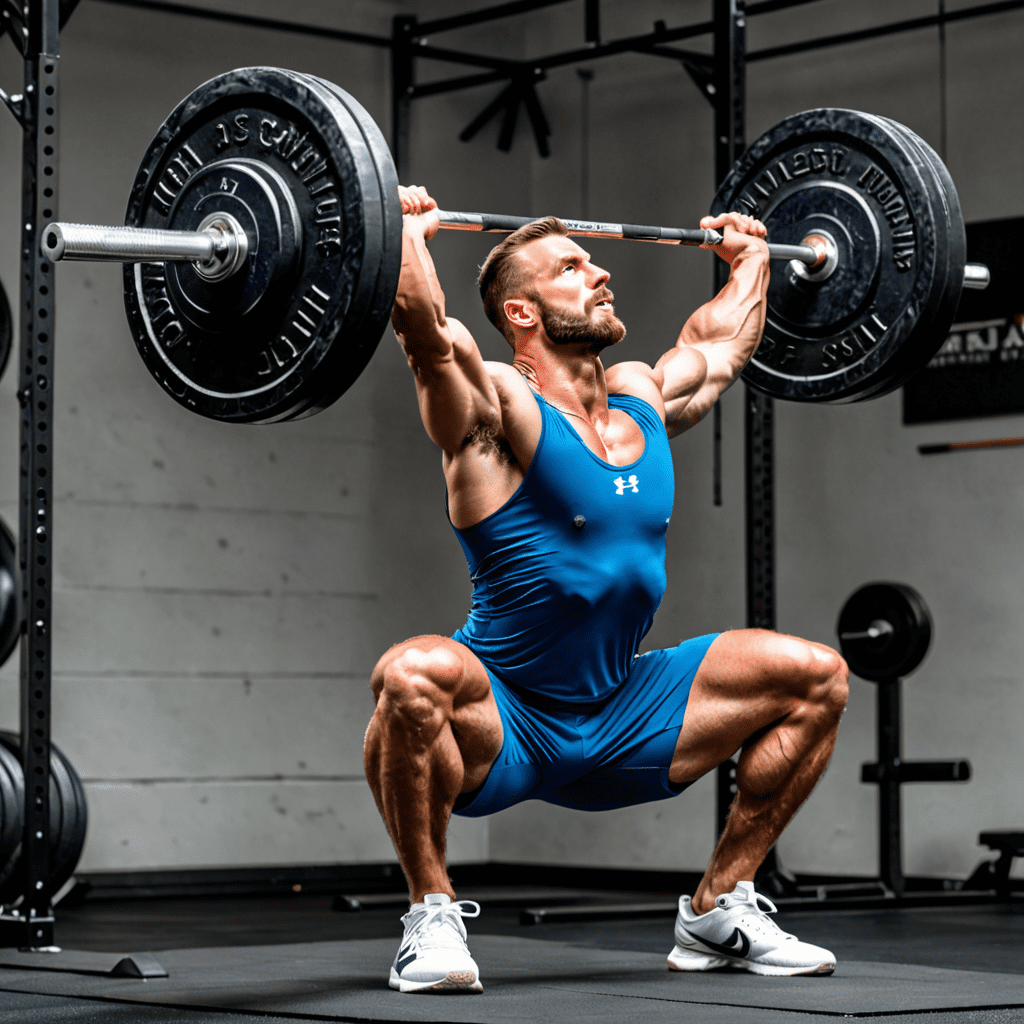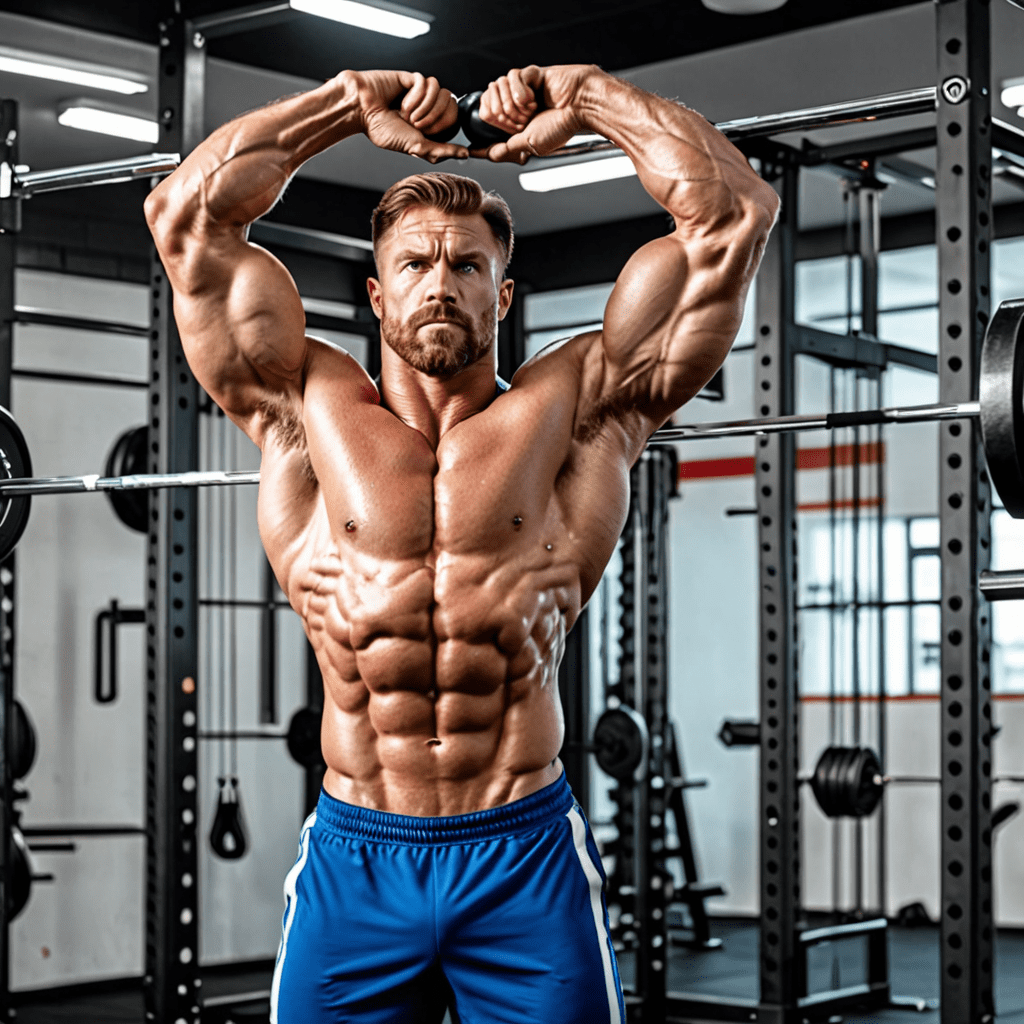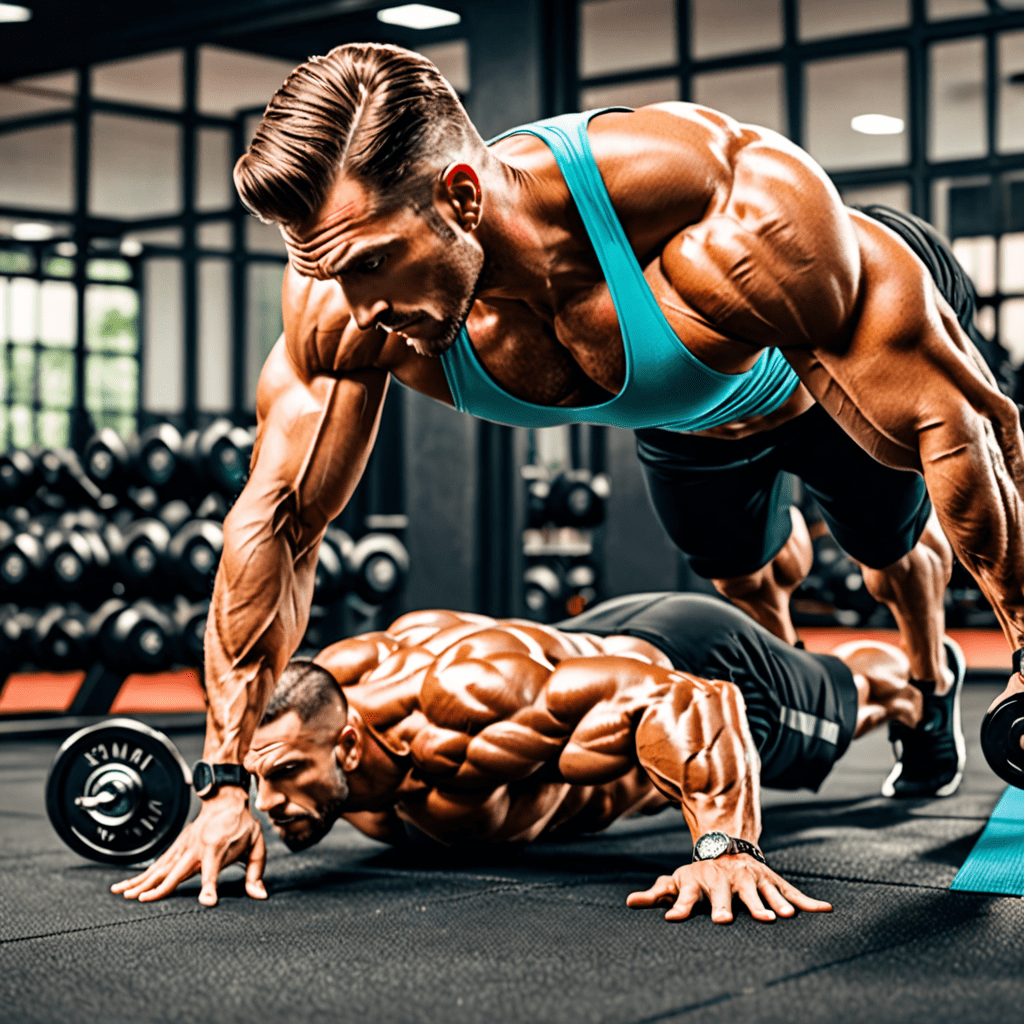
Unlock the Potential: Overhead Squats for Full-Body Strength and Stability
Introduction
If you’re looking for an exercise that targets multiple muscle groups and enhances your overall strength and stability, look no further than the overhead squat. This compound movement is not only challenging but also highly effective in building functional strength and improving mobility. In this article, we will explore what the overhead squat works and why it should be a part of your fitness routine.
What is Overhead Squat?
The overhead squat is a strength training exercise that involves squatting while holding a barbell or other weighted object above your head. It requires a great deal of core strength, shoulder stability, and mobility in the hips, knees, and ankles. Unlike traditional squats, the overhead squat adds an additional challenge by placing the weight overhead, engaging your upper body muscles in addition to your lower body.
Muscles Targeted
The overhead squat is a full-body exercise that engages multiple muscle groups simultaneously. Here are the primary muscles targeted during an overhead squat:
- Quadriceps
- Hamstrings
- Glutes
- Calves
- Core (Abdominals and Lower Back)
- Shoulders (Deltoids)
- Traps
Benefits of Overhead Squats
Incorporating overhead squats into your fitness routine offers a wide range of benefits:
- Improved Full-Body Strength: The overhead squat targets multiple muscle groups, making it an excellent exercise for overall strength development.
- Increased Core Stability: Balancing the weight overhead activates the core muscles, helping to develop stability and improve posture.
- Enhanced Mobility: Performing overhead squats requires a good range of motion in the hips, knees, and ankles, promoting flexibility and mobility.
- Improved Balance and Coordination: The overhead position challenges your balance and coordination, leading to enhanced body control.
- Functional Strength: The movement involved in overhead squats mimics real-life activities, making it a functional exercise that improves everyday movements.
- Injury Prevention: By strengthening the muscles and joints involved in squats, overhead squats can help prevent injuries during other activities and sports.
Conclusion
Incorporating overhead squats into your fitness routine can greatly benefit your overall strength, stability, and mobility. By targeting multiple muscle groups and promoting functional strength, this exercise can lead to improved performance in various activities and a reduced risk of injuries. If you’re new to overhead squats, it’s important to start with light weights and focus on proper form before progressing to heavier loads. As always, it’s recommended to consult with a fitness professional before starting any new exercise program.
Frequently Asked Questions (FAQ)
Q: Can anyone do overhead squats?
A: While overhead squats can be challenging, with proper guidance and progression, most individuals can incorporate them into their fitness routine. It’s important to start with lighter weights and focus on maintaining proper form to avoid injury.
Q: How can I improve my overhead squat form?
A: Improving your overhead squat form requires adequate mobility, stability, and strength. Regular practice, proper warm-up, and incorporating exercises that target individual weak areas can help improve your form over time. Working with a qualified coach or trainer can also provide valuable guidance.
Q: Can overhead squats help with weight loss?
A: While overhead squats primarily focus on strength and stability, they can be part of an effective exercise program for weight loss. Combining them with cardiovascular exercises and a balanced diet can contribute to a calorie deficit, facilitating weight loss.
Q: Are overhead squats suitable for beginners?
A: Overhead squats can be challenging for beginners, primarily due to the need for proper mobility and stability. It’s crucial to start with light weights or even a PVC pipe to practice form and gradually progress as strength and technique improve.
Q: Can I do overhead squats without a barbell?
A: Yes, overhead squats can be performed using various equipment such as dumbbells, kettlebells, or even bodyweight. These alternatives can still provide many of the benefits of the exercise and allow for progression as you build strength and confidence.


